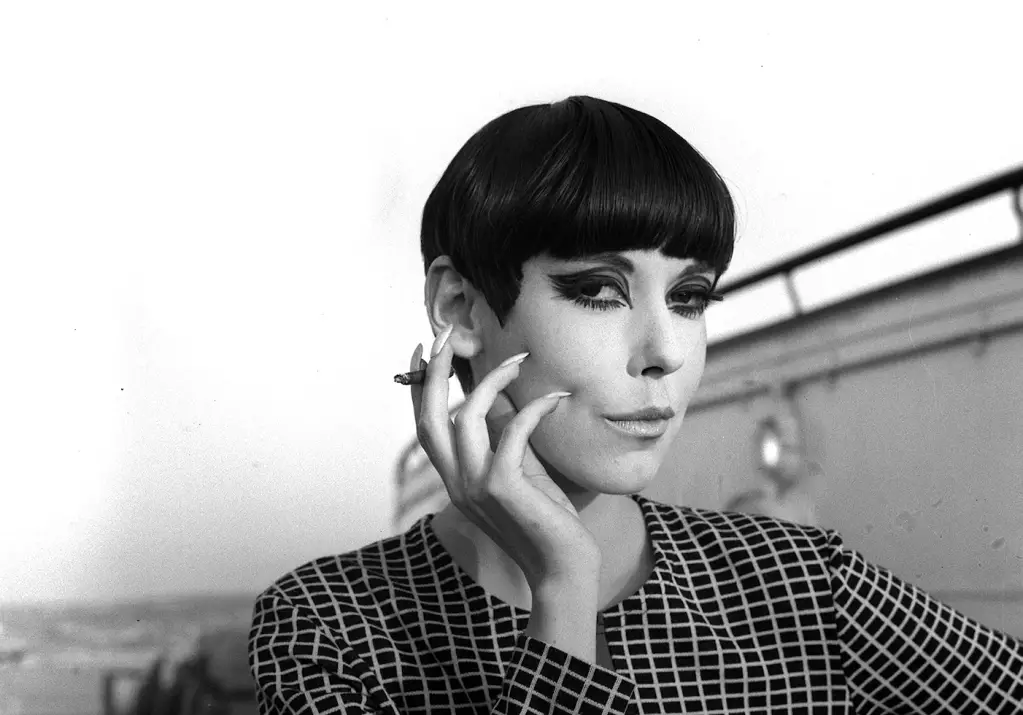Peggy Moffitt, the legendary model of the 1960s, passed away at the age of 86 in her Beverly Hills home. Known for her groundbreaking style and unique persona, she left a lasting impact on the fashion industry. Moffitt’s distinctive look, characterized by her pale skin, harlequin eye makeup, and iconic Vidal Sassoon haircut, set her apart as a fashion trailblazer.
In 1964, Moffitt made headlines when she posed in a topless swimsuit designed by Rudi Gernreich. The provocative ensemble, featuring thin suspenders and a daring silhouette, sparked outrage and condemnation from various authorities, including the Vatican and the Kremlin. Despite the backlash, Moffitt’s bold statement challenged traditional notions of beauty and pushed boundaries in the fashion world.
A Creative Partnership
Moffitt’s collaboration with her husband, photographer William Claxton, produced iconic images that captured the essence of the 1960s. Their work together, including the famous topless swimsuit photo, reflected a unique blend of artistry and innovation. Claxton’s distinct photographic style complemented Moffitt’s avant-garde fashion sensibility, creating a dynamic partnership that captured the spirit of the era.
While Moffitt was primarily known for her work as a model, her talents extended beyond the world of fashion. Originally aspiring to be an actor, she studied acting in New York alongside notable classmates such as Robert Duvall and Suzanne Pleshette. Moffitt’s brief foray into film included roles in movies and television shows, showcasing her versatility as a performer. Her diverse skill set and creative vision set her apart as a multifaceted talent in the entertainment industry.
Moffitt’s impact on the fashion world extended far beyond her modeling career. Her collaboration with designer Rudi Gernreich and photographer William Claxton helped redefine beauty standards and challenged societal norms. Even decades after her heyday, Moffitt’s legacy continues to inspire new generations of artists and creators. As a pioneering figure in the world of fashion, she remains a timeless icon whose influence resonates to this day.
Overall, the article provides a comprehensive overview of Peggy Moffitt’s life and legacy. However, it could benefit from more in-depth analysis of Moffitt’s cultural significance and lasting impact on the fashion industry. By delving deeper into her creative collaborations and pioneering spirit, the article could paint a more nuanced portrait of Moffitt as a true visionary of her time. Additionally, exploring the enduring relevance of Moffitt’s style and influence in today’s fashion landscape would further highlight her status as a fashion icon for the ages.

